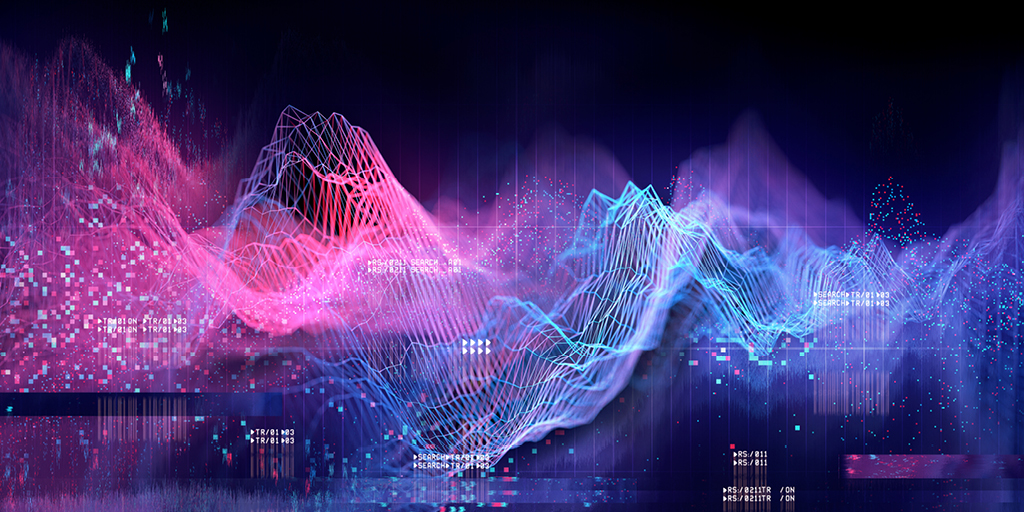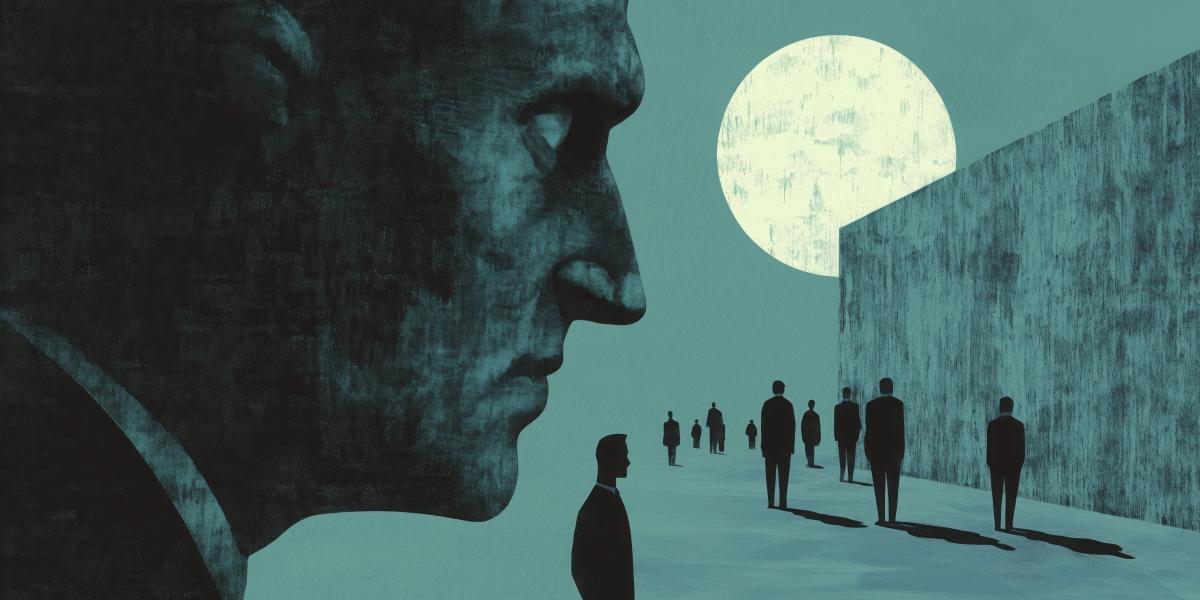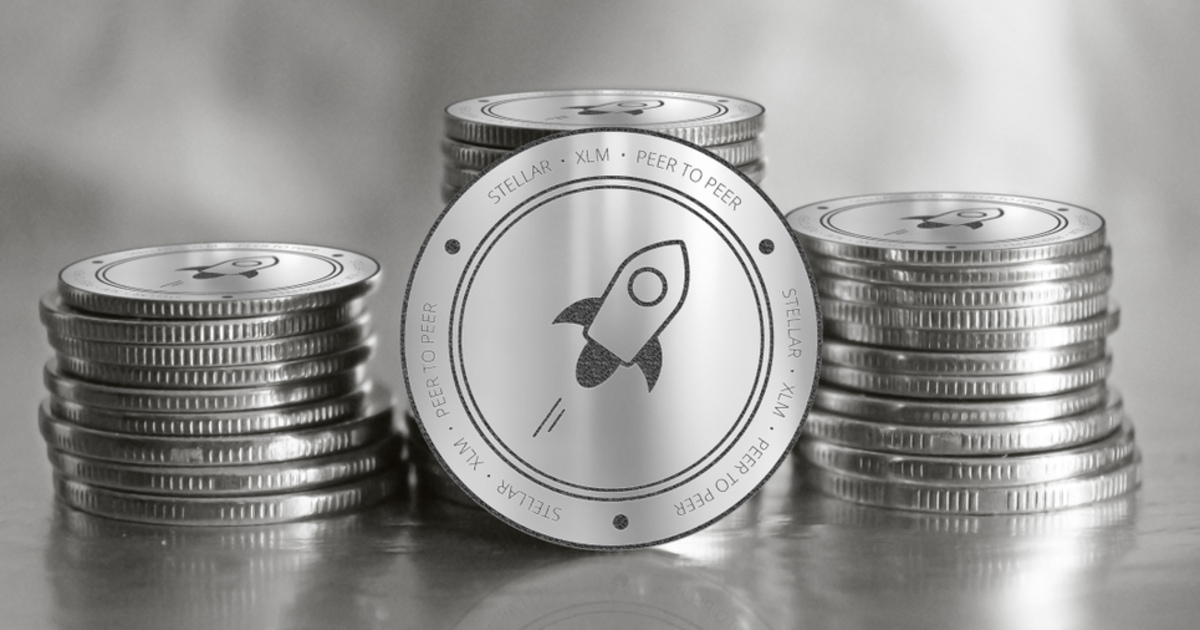[Chapter 4 of Per Bylund’s new book How to Think about the Economy: A Primer.]
To help us understand what is going on in the economy, what is important is not the types and number of goods that sit on store shelves. It is why and how they got there.
To answer this question is not simply a matter of pointing out that they arrived by truck last week, because that only tells us about how they were transported to the store. This doesn’t tell us anything about all the steps that had to happen to make them available. And there is a lot that takes place before a good is available to buy in a store. Every good you see on a store shelf was originally thought of by someone; it was designed and then produced. The production process was developed, all its operations and the necessary machines and tools engineered, and then the process was overseen and managed. Someone had to think about how best to market and sell the goods to the store and solve the problems of logistics. And someone had to finance the whole thing.
In other words, to understand everything we see around us, including everything that we take for granted, we must recognize that the economy is not a state but a process. Looking at a snapshot of the economy tells us very little—if anything—about how it works but can instead mislead us and allow us to jump to conclusions. Without recognizing the process, it can be easy to conclude that a specific situation is inefficient, wrong, or unfair and also to think that it is easy to improve upon it, right the wrong, or calculate an outcome that is less unfair.
For example, if we only look at a portion of the picture, it can seem unfair that the storekeeper has so many goods and other people have none. But looking at the full picture, we realize that these goods are not the storekeeper’s to use but are merely goods in progress to their final use with consumers. The storekeeper is not a hoarder—and has little “economic power.” The storekeeper is providing the service of making those goods available to consumers and depends on their willingness and ability to buy the goods to make ends meet. Without the store, the customers would need to buy each and every item in bulk from a wholesaler. The storekeeper offer us convenience of many goods in one place.
A Coordinated Process
There is more to the economy than the production of a good that we see sitting on a store shelf. Its production was possible because there exist other processes and production. For example, a producer of candy usually does not produce the sugar, flavoring, or coloring that is in it. Candy producers rarely produce the machines they use to make the candy; the building where they produce, package, and prepare the candy for shipping; the powerplant to supply them with electricity. It is not enough to say that candy is produced by only one person before it ends up on the store shelves. In fact, candy producers could not make their candy if there were not already producers of the necessary ingredients already available.
In sum, the candy producer is part of a much longer supply chain that fills the gaps in the overall production process, itself comprising lots of producers and specific production processes. Together, these processes—often carried out by different businesses—make a very long chain of operations that step by step produces the specific good from the “original factors” that were available to us at the dawn of time: nature and labor power. Someone cleared the land to grow sugar cane or corn. Someone decided to provide transportation services, which was possible because someone else had already paved roads and manufactured trucks. Those trucks could be manufactured because someone was already producing steel, plastics, and everything else trucks are made of. The steel could be produced because others were running mines and smelting plants. If we were to list all the things that allow the candy maker to make candy, it would be a long list. Even small things like the coffee that the candy factory workers drink on their break is the result of a long supply chain involving thousands of people in many countries. What is important is not to map out all the things that are involved in making a certain good, but to understand that the economy is all of these things working together.
It would appear it takes many businesses and workers to produce the long line of goods intended only to make that candy, that you can then purchase. That is true in some sense—they were all involved and all of them were necessary for the final good to be made available to you. But the miner of course has no idea that the ore taken out of the mine will become the steel that is smelted into a part of a machine that produces the candy you can buy in the store today. The coffee bean grower had no idea that his coffee would fuel workers in a faraway country making a special type of candy that you are considering buying. In the same way, the storekeeper doesn’t need to know anything about all of the steps that have taken place before there can be a supply of candy to stock on the store shelves.
The point is that the elaborate, complex production process that produces any good you see in the store is not the design of anyone in particular. The overall process is not coordinated around producing specific goods. No one made a blueprint or flow chart specifying all of these steps and their order. No one estimated how much rock needs to be crushed to produce the iron ore that eventually is used in the production of candy. What drives the process is not the creation of goods, but the creation of value for you as a consumer.
Throughout the economy, businesses compete with each other to produce as much value as possible by producing and offering goods. We think of this as competition, the producing of the same or similar items: competing candy makers, for example. But that is a very narrow view. Candy makers indirectly compete for the steel that is used in their candy machines, which means they compete with all other producers that use steel. The same with sugar. And workers. And the coffee that the workers drink, maybe some of them even use sugar in their coffee.
Why does some of the steel produced go to the machines that produce candy? The answer to this question will be discussed at length in chapter 5. Right now, it is sufficient to note that all businesses are involved in producing, directly or indirectly, goods that are intended for consumers. All of production has this aim, whether or not producers of steel, for example, know exactly what their steel is going to be used for. They do not know and don’t need to. It is the value that consumers see in those goods produced that determines how much they will be willing to pay. That payment is what justifies the businesses’ investments and expenses throughout the economy. Consequently, what indirectly coordinates what all businesses do—and how they do it—is their expectation that they are contributing to providing consumers with valued goods.
Continuous Innovation
It is important to note that competition goes beyond the businesses and production that we see. Yes, those businesses compete. As we saw above, they compete both directly and indirectly by trying to buy the same inputs and trying to sell to the same customers. However, this is a much too limited view of competition that leaves out what is important in the longer term. Business do not only compete with existing businesses, but also compete with businesses that do not exist yet. And the businesses that exist are the outcome of such competition that already took place.
If this sounds strange, it is because we are used to looking at the economy as a state—a snapshot—and not as a process. Those businesses that exist today are the survivors of a competitive weeding out process that has already taken place. It is because these businesses were better—more productive, offered higher-quality goods, etc.—that they are currently in business. And they will stay in business only if they continue to be better than the competition. They need to outperform not merely the other surviving businesses, but also those businesses that have not yet been started or that are still developing or refining their products. This includes businesses producing goods that do not yet exist and may not even have been imagined yet but that could provide consumers with more value than the goods already available.
The innovation of new goods, production techniques, materials, organizations and so on fundamentally changes how an economy produces goods and what goods are produced. In the era when horse and buggy was the standard means of transportation, there was certainly competition between stables and transportation businesses just like there was competition between buggy manufacturers. But if we look only at those businesses, we could never explain how they were replaced and outcompeted by businesses that brought on the age of automobiles. Today, there are very few businesses profitably producing buggies. The reason is that automobiles provided consumers with greater value.
Seen from the perspective of consumers, horse buggies were valued goods until there were affordable automobiles. The automobiles provided greater value, which is why they undermined the profitability of and ultimately destroyed horse-and-buggy businesses. This is sometimes referred to as “creative destruction” that makes the core of economic development: older and less value-creative production gives way to new and more value-creative production.
When we recognize that this creative destruction is real and that it places constant pressure on businesses to innovate and reinvent themselves so as not to be replaced, we realize that it is impossible to understand the economy as anything other than a process. Economies evolve and unfold over time; they reinvent themselves. Competition is not merely the rivalry between two or more businesses producing and selling similar things, but the constant pressure to serve consumers better—both present and future. History is full of successful and influential businesses, many of them considered too big and “powerful” to compete with. Most of them are long gone and forgotten because someone figured out how to produce more value for consumers.
Continuous Uncertainty
Although the economy—and especially the market economy—is best understood as a process, it would be a mistake to think of it as a production process. We briefly addressed this above, but it is worth reiterating and elaborating on. An economy comprises production processes, but those production processes are themselves selected: they are the ones that survived the constant weeding out of less value-creative production. Many of those surviving production processes will, in turn, be weeded out as new and more value-creative ones are attempted.
A production process consists of the operations that make specific outputs from specific inputs. It is typically, but not necessarily, designed and organized. We can think of it as what happens within a factory. The exact operations that take place within the factory can change over time and so can the people and machines. Most of the parts are in some sense replaceable. Sometimes the factory itself is repurposed, but what makes it a factory is the same: it transforms inputs into outputs. The factory doesn’t manufacture outputs in general—it is not a magical production machine. A factory produces clearly defined outputs (goods) using an engineered production process that requires specific inputs in certain quantities.
None of this applies to the economy as a process! The “output” of an economy is value in the form of consumer goods, but the actual goods produced change over time—and so do their respective value. The process of an economy is not its actual productions—the production processes and goods produced—but the continuous selection of those productions that provide the greatest value to consumers. Computers replaced typewriters and revolutionized office work flow, just as the automobile replaced the horse and buggy because it provided consumers with more highly valued transportation. Most all of our goods today, and the processes that produce them, will sooner or later be replaced by better, more valuable ones.
We cannot say which products will be attempted and even less which ones will be successful. Production, in other words, is always uncertain. It requires some form of investment before the value of the output can be known. This value is ultimately experienced by consumers when using goods, the expectation of which determines what price they are willing to pay. But it is not enough that goods satisfy wants—they have to do so, in the eyes of the consumer, to a greater degree than what he or she expects from other goods available. Only then will the consumer buy that product.
The number and variety of goods available depends on the imaginativeness of entrepreneurs and investors. In other words, the entrepreneur, who imagines, envisions, and aims to create new valued goods, drives the evolution of production in the economy. The consumer is then, after the fact, the judge of which entrepreneurs’ productions are of sufficient value to be bought—and at what prices. The consumer, in other words, is sovereign and, through buying and not buying, determines which entrepreneurs earn profits and which entrepreneurs suffer losses.













